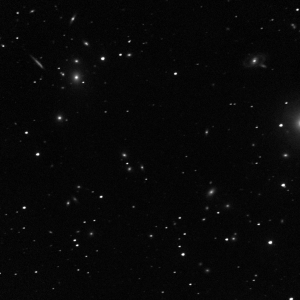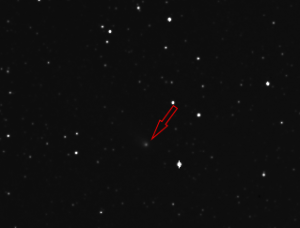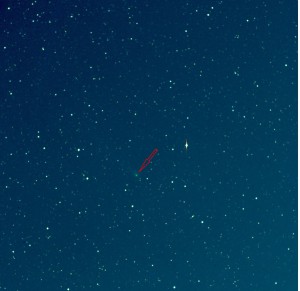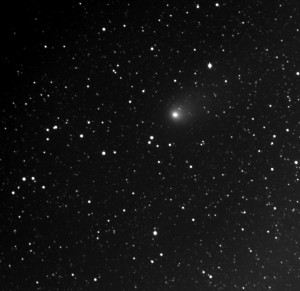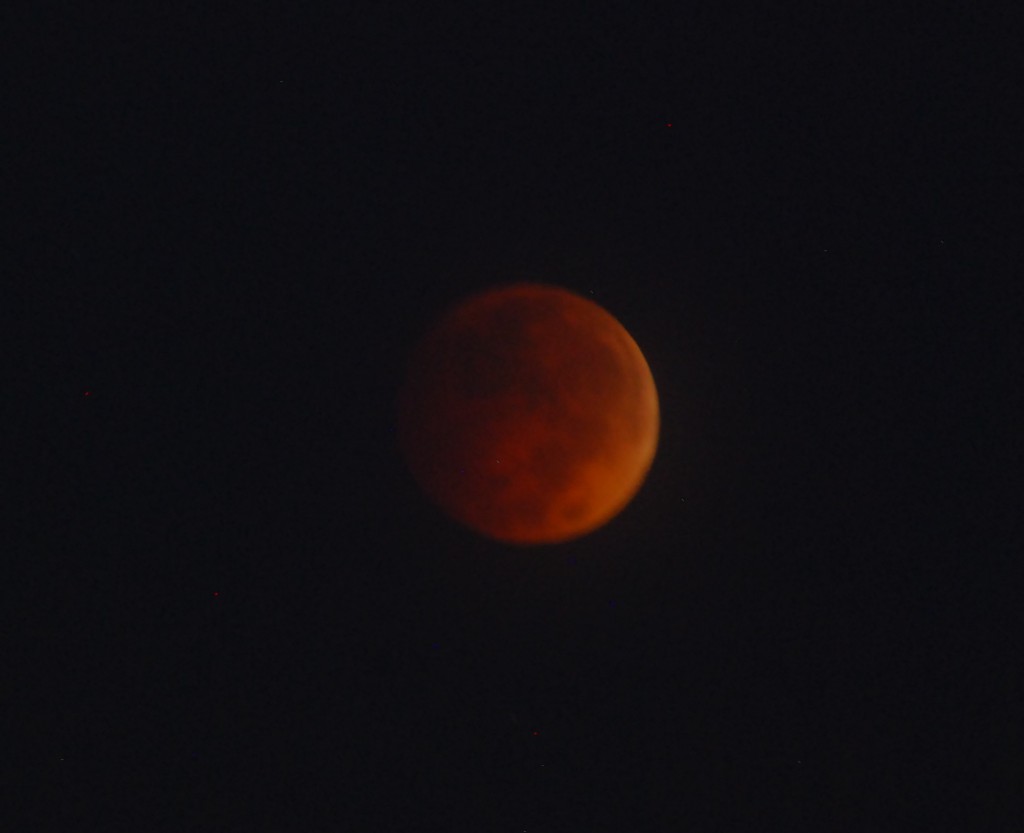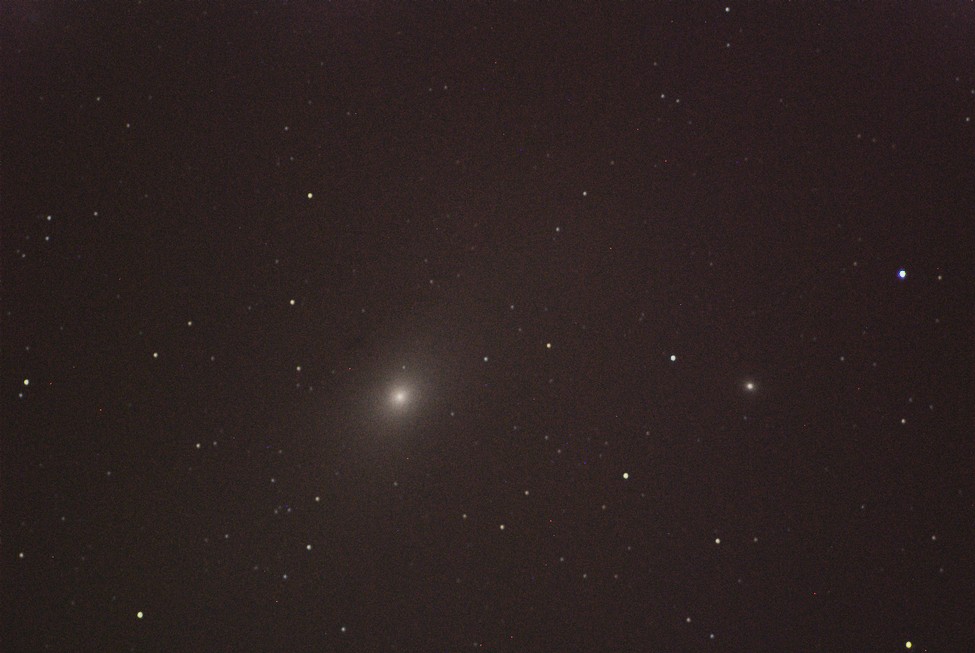A new image of Comet Lovejoy came through my queue yesterday afternoon from the BRT so I decided it was a great time (since it was clear) to give my scope another chance.
I managed to finally get my new-to-me Meade LX-80 mount with 6" Meade Refractor (AR-6) to actually align properly. This resulted in a great observing session including Comet C/2014 Q2 Lovejoy, The Orion Nebula (M42) and the planet Jupiter. In addition to catching these great objects, I hooked up my Nikon D80 DSLR camera to it for some shots.
I've included a couple shots below and the full gallery link at the end of the post.
It was definitely a chilly night and the observing session ended when the scope was slewing to the Pinwheel Galaxy (so I could try a few shots there) and the power cord unplugged signaling a great time to call it a night.
In addition to the 3 main objects I managed to capture, the M42 shots include the surprise of several objects passing through the field of view. I suspect one of them is Japanese satellite AJISAI (EGS) but the others I wasn't able to identify before this post.
Catch the full gallery here: http://www.collegeastronomy.com/gallery/comet-q2-lovejoy-m42-jupiter/



